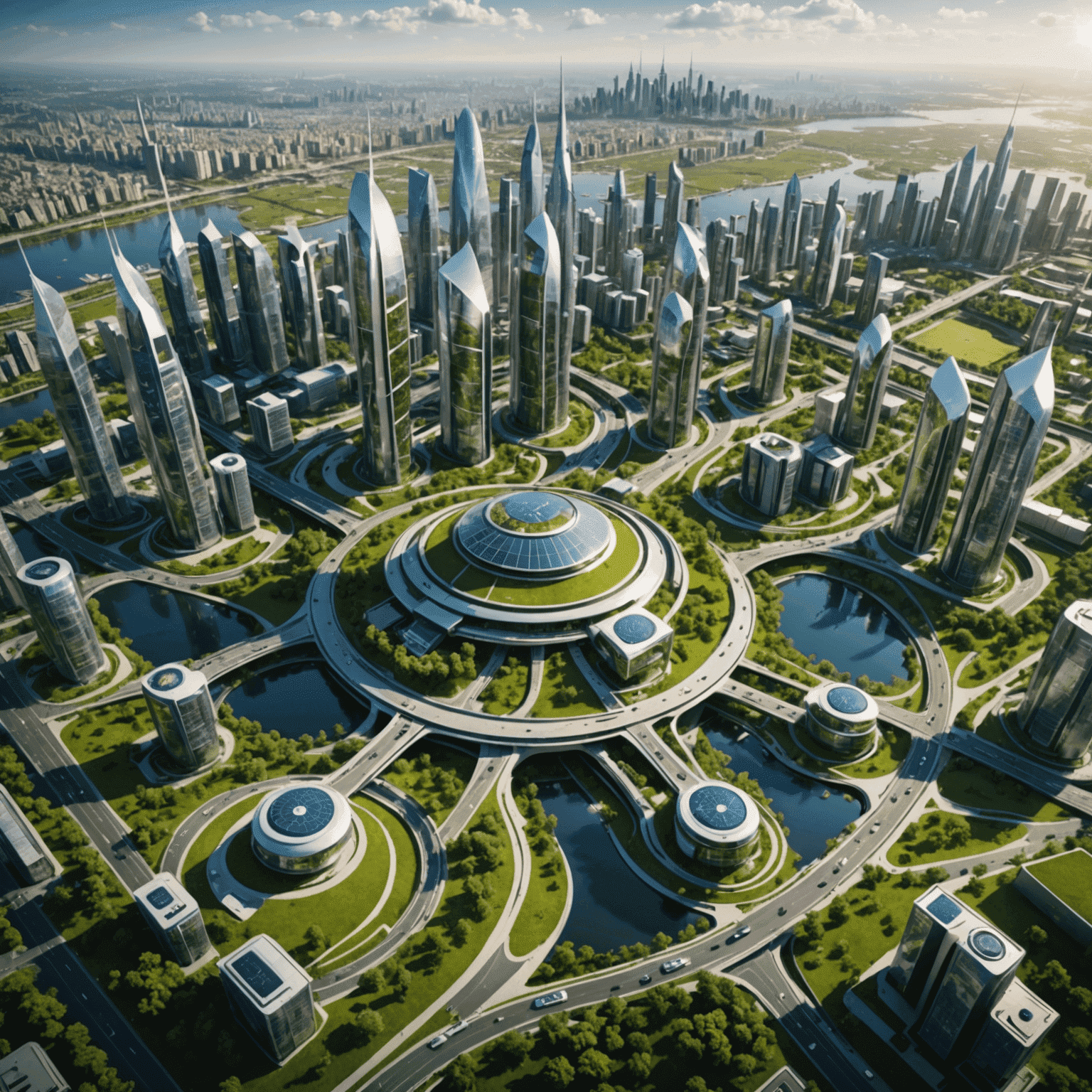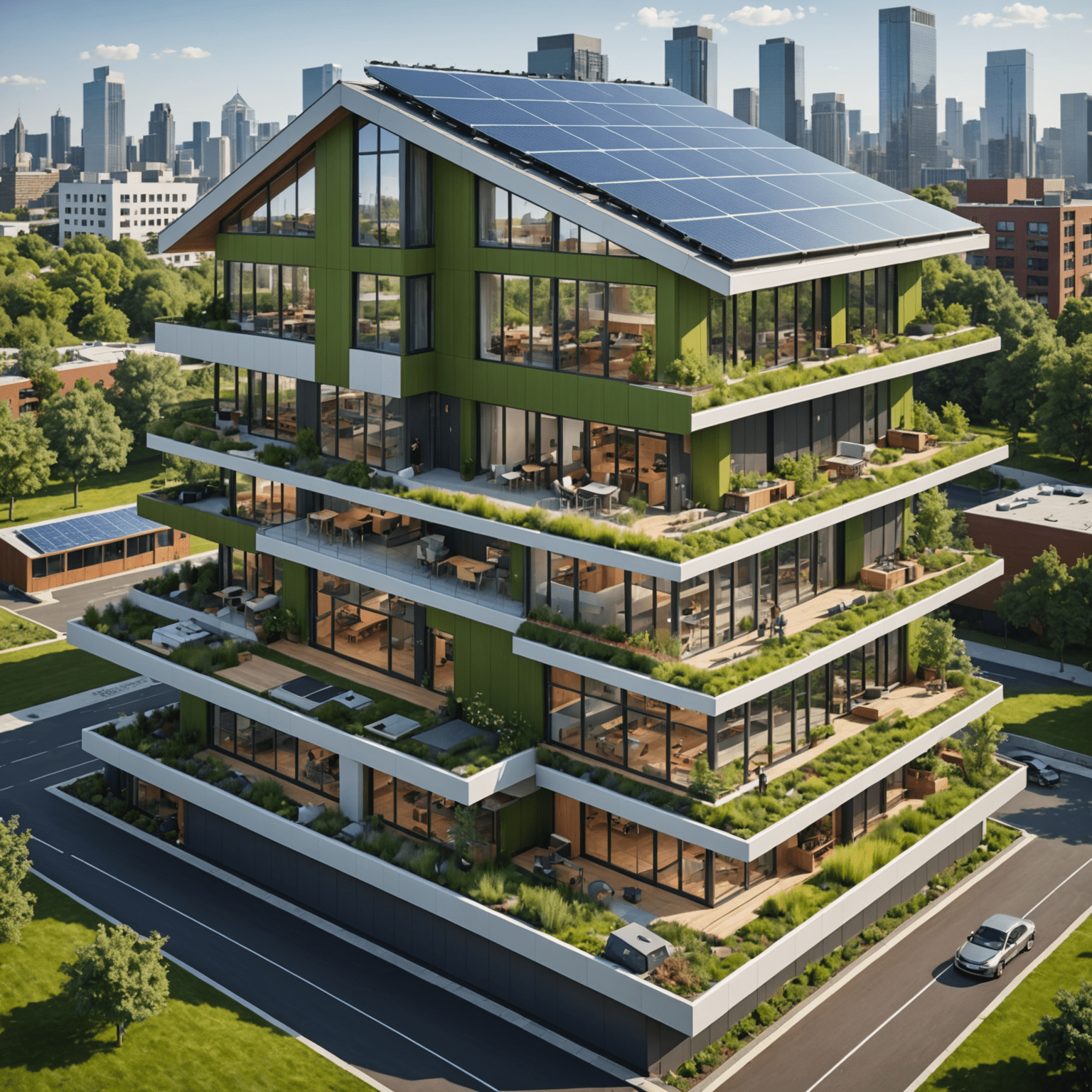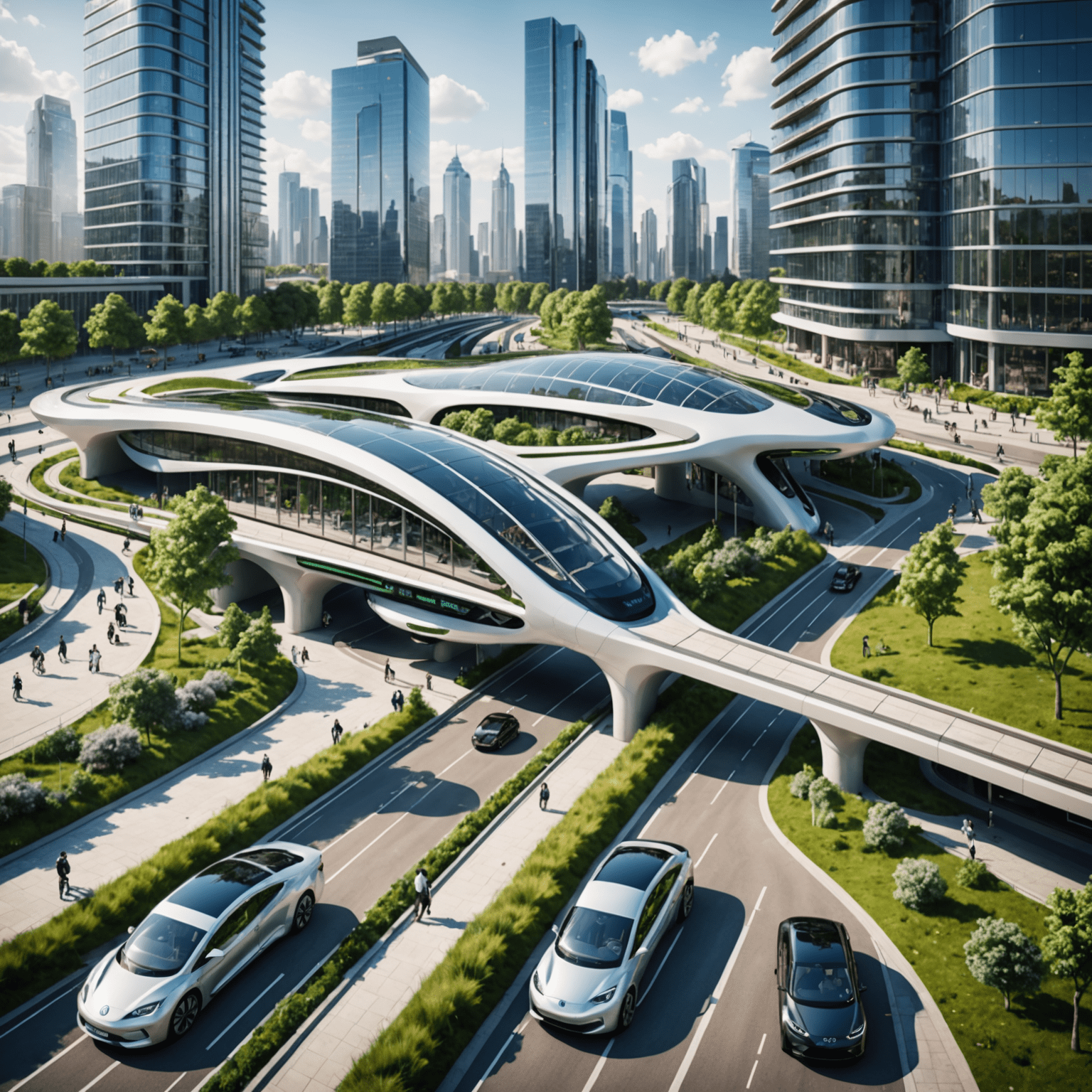Smart Cities Leading the Way

As the world shifts towards a more sustainable future, smart cities are at the forefront of innovation in green infrastructure. These urban centers are integrating cutting-edge technologies to reduce their environmental impact while improving the quality of life for residents.
One standout example is the Songdo International Business District in South Korea. This purpose-built smart city incorporates a wide array of sustainable features:
- A centralized waste management system that eliminates the need for garbage trucks
- An extensive network of sensors to monitor and optimize energy usage
- Green spaces covering 40% of the city area, including a 100-acre central park
- LEED-certified buildings throughout the district
Projects like Songdo showcase how sustainable infrastructure can be seamlessly integrated into urban planning, setting a new standard for cities worldwide.


